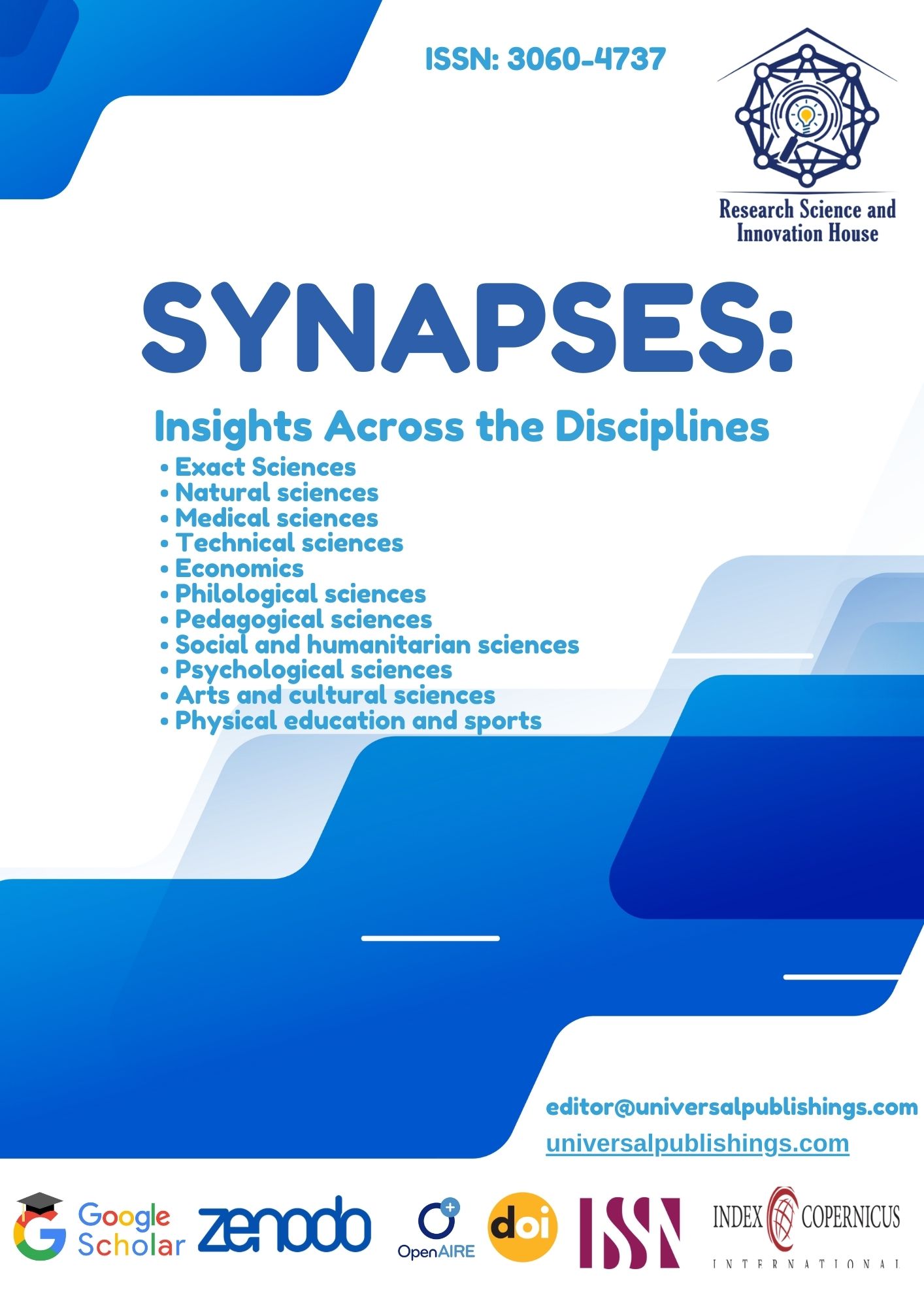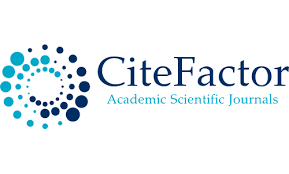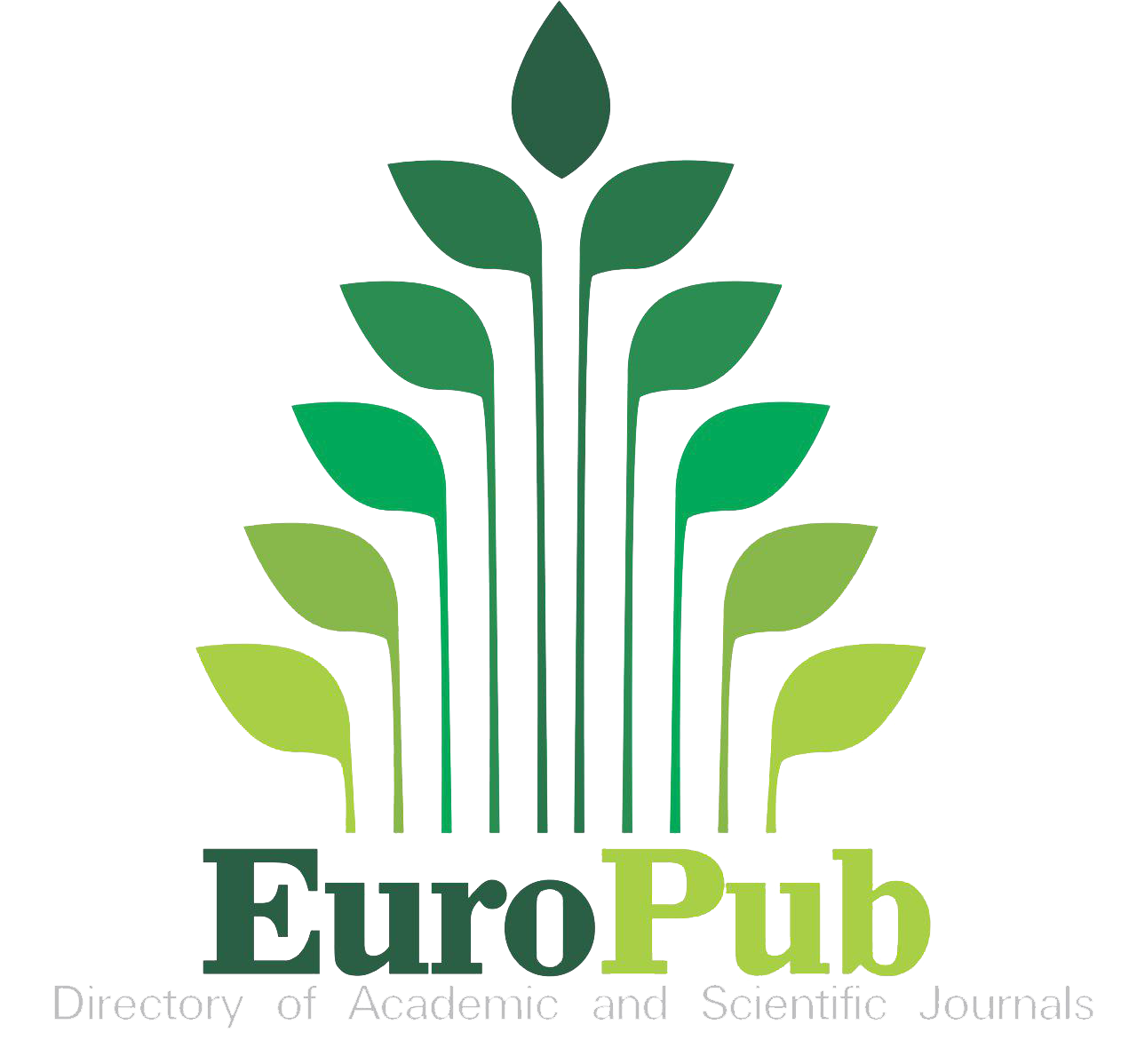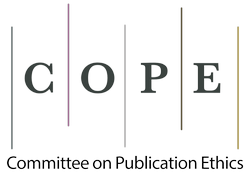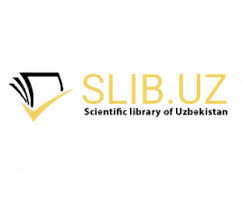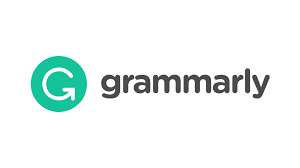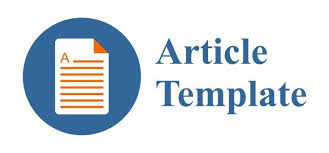INFORMATION GAP ACTIVITY AND ITS IMPORTANCE IN TEACHING ENGLISH AS A SECOND LANGUAGE
Keywords:
Information gap activity, English teaching, communication, interaction, ESL learners, language skills, task-based learning, fluency, comprehension, collaborative learning, problem-solving, authentic conversation, student engagement.Abstract
Information gap activities are essential in teaching English as a second language, as they encourage active engagement, meaningful communication, and practical use of language skills. These activities require learners to exchange specific information to complete a task, promoting language fluency and problem-solving abilities. By fostering real-life communication, information gap activities simulate authentic conversational settings, encouraging students to listen, speak, and understand English in various contexts. This article explores the importance of information gap activities, their benefits in language teaching, and effective examples for enhancing communicative competence and confidence among ESL learners.
References
1. Н. М Сулейманова, O СТРУКТУРНОЙ СХЕМЕ НОМИНАТИВНОГО ЗНАЧЕНИЯ, Ученый XXI века, 2016
2. N Dedamirzayeva, U Kuziyev, Teaching English to young learners through games, Oriental Art and Culture, 86-88, 2020Anderson James. “Assessment in Higher Education.” Cambridge University Press, 2019. 312 pages.
3. НМ Сулейманова, АРЎ Идиев, МАКРОНОМИНАТИВ МАЪНО ОРТИДА МАКРОПРОПОЗИТИВ СТРУКТУРА ҲАҚИДА, Academic research in educational sciences 2 (4), 798-802, 2021
4. G. U Rustamova Lingvistik pragmatikaning birliklari, Филологические науки 11, 0.
5. НМ Сулейманова, ЖР Насруллаев, Номинативные особенности языковых единиц, Молодой ученый, 212-213, 2018
6. U Qo‘ziyev, Tilda soflik masalasi, ta’limda turkiy xalqlar milliy mentalitetini mustahkamlashning dolzarb …, 2022
7. НМ СУЛЕЙМАНОВА, ММ БОБОЖОНОВА, СВЯЗЬ НОМИНАТИВНЫХ ЗНАЧЕНИЙ СЛОВА С ПРОПОЗИТИВНОЙ СТРУКТУРОЙ ЛИНГВИСТИКА И МЕТОДИКА: МЕЖДИСЦИПЛИНАРНЫЙ ПОДХОД, 141-144, 2020
8. D Nu’Monova, U Qo‘Ziyev, Badiiy matnni lingvostatistik tomondan tahlil qilish, Oriental Art and Culture, 119-121, 2020
9. Н СУЛЕЙМАНОВА, ТИЛ БЕЛГИЛАРИНИНГ НУТҚҚА КЎЧИРИЛИШИ.
10. U Kuziev, SY Aslanova, Dictionaries compiled based on navoi’s works, Scientific Bulletin of Namangan State University 1 (6), 319-326, 2019
11. НМ Сулейманова, ЖР Насруллаев, Номинативные особенности языковых единиц, Молодой ученый, 212-213, 2018
12. M. A Ubaydullaeva, The history of the development of the terms of literary studies of the turkic peoples, Oriental renaissance: Innovative, educational, natural and social sciences 2 …, 2022.
13. НМ Сулейманова, ЖР Насруллаев, Some aspects of cognitive linguistics, including pragmatic factors, Современные исследования и перспективные направления инновационного развития …, 2018
14. M Saidova, UL Qo’ziyev, Uslubiy qo ‘llanma, Namangan: Kamalak 127, 2017.
15. Н Сулейманова, О номинативной функции предложения, Иностранная филология: язык, литература, образование 2 (4 (65)), 88-91, 2017
16. U. Y Kuziev, The issue of classification and description of complex structural compounds in uzbek language, Int J Eval & Res Educ 99 (4), 309-314, 2023.

